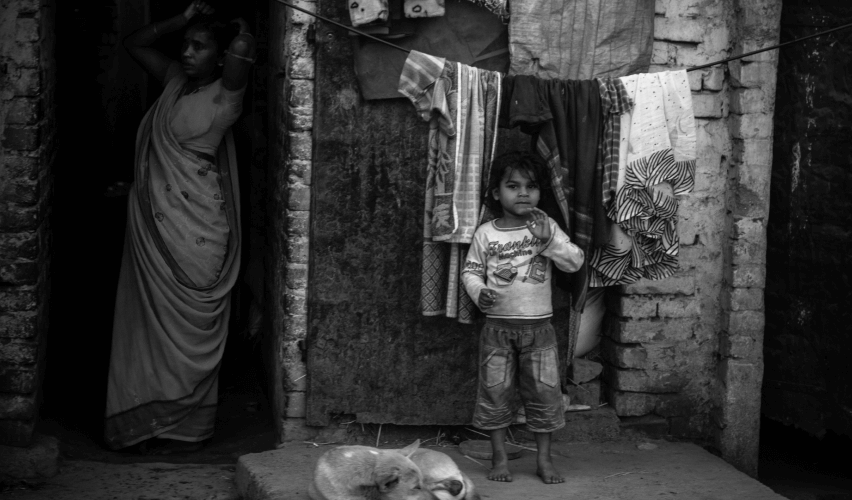Towards the end of the 19th century, with the advent of the New Liberalism and the innovative
Community of Poor
If you want to fight poverty, you probably intuitively feel that the worst-off people are the ones who should be prioritized. As difficult as it is to live on a few bucks a day, someone who’s living on just $1.90 a day clearly has it worse, and it makes sense to think you should try extra hard to help the poorest of the poor. It’s a big moral problem, then, that a lot of anti-poverty programs fail to successfully do that.
That problem has bothered Shameran Abed since the 1990s. Back then, he was working on voguish anti-poverty programs with the international development organization he directs from Bangladesh, known as BRAC. Microfinance was all the rage then, but it was becoming clear that microloans weren’t reaching the poorest households. Nobody wanted to lend to them because who knew if they could pay back the loan? And the poorest households often didn’t want to borrow because they weren’t confident that they could figure out how to turn a profit and repay.
In addition, the project’s gender action plan integrated gender considerations into the development work. Two hundred and sixty-eight women have been given jobs in the pourashavas under the project, and women serve as either chairpersons or vice-chairpersons of 231 newly created slum improvement committees.
Pourashava authorities also used project funds to give poor areas better health and education services. The pourashava in Bhairab, for example, now runs 25 elementary schools that provide free education to about 15,000 children. Working with nongovernment organizations, the project helped train 500 workers to deliver better primary health care in the community.
Some of the project’s microfinance initiatives made credit available specifically for women, who have set up businesses in the project areas. Mala Rani Das joined a 15-member, women-only credit group in Bhairab that allowed her to borrow $240, which she used to expand the broom-making enterprise she runs with her husband. She now earns $72 a month, more than the average pay of industrial workers in Bangladesh. In total, the project provided $1,824,000 in loans to 15,200 families. The recovery rate at completion was about 93%.
Challenge
Governments often can mitigate the impact of rising inflation on poor families through social protection policies. However, somewhat different from the previous periods of high food price inflation, government finances have been depleted due to various fiscal measures enacted through the COVID-19 crisis. For economies still reeling from the pandemic, the inflationary pressures could not have come at a worse time.













